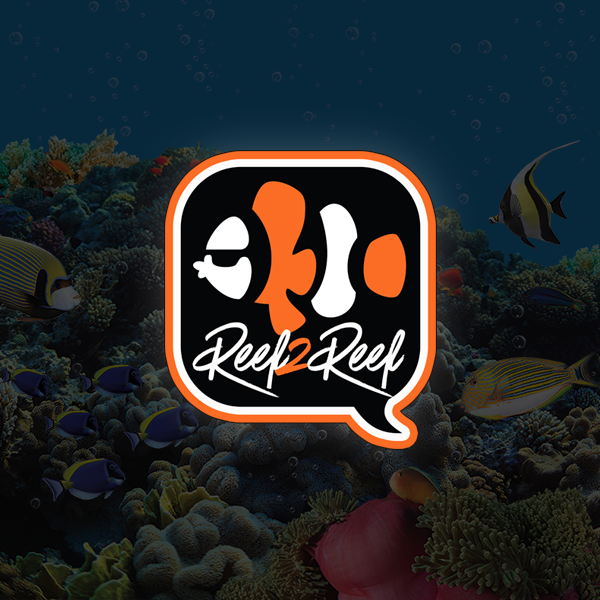Apart from stable parameters, enough flow and correct lighting, is there anything else which can be done to increase or pull out different colours from acro?
I live in Western Australia and so we don't have access to indo stuff anymore or other acro from overseas.
However I constantly see posts and shops selling acro they have cooked up and experimented with to gain insane colours and I just wondered how they are achieving this apart from the common advice of keeping things stable and keeping trace elements at the correct levels.
We have access to heaps of browned out and green wild colonies from North WA and I am curious to see what could be pulled from these given certain conditions?
Is anyone able to offer any advice on how these experiments are carried out?
I live in Western Australia and so we don't have access to indo stuff anymore or other acro from overseas.
However I constantly see posts and shops selling acro they have cooked up and experimented with to gain insane colours and I just wondered how they are achieving this apart from the common advice of keeping things stable and keeping trace elements at the correct levels.
We have access to heaps of browned out and green wild colonies from North WA and I am curious to see what could be pulled from these given certain conditions?
Is anyone able to offer any advice on how these experiments are carried out?

















